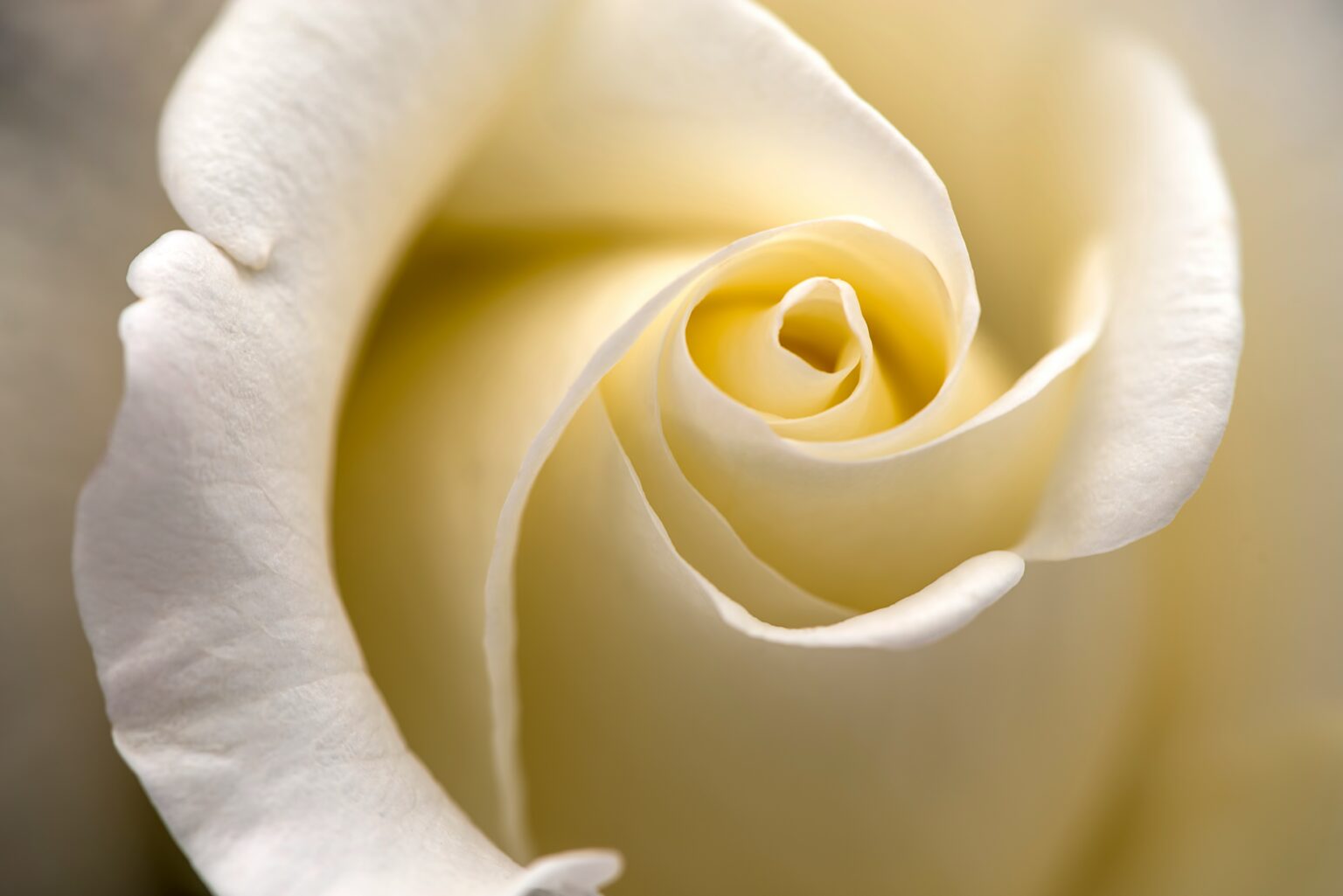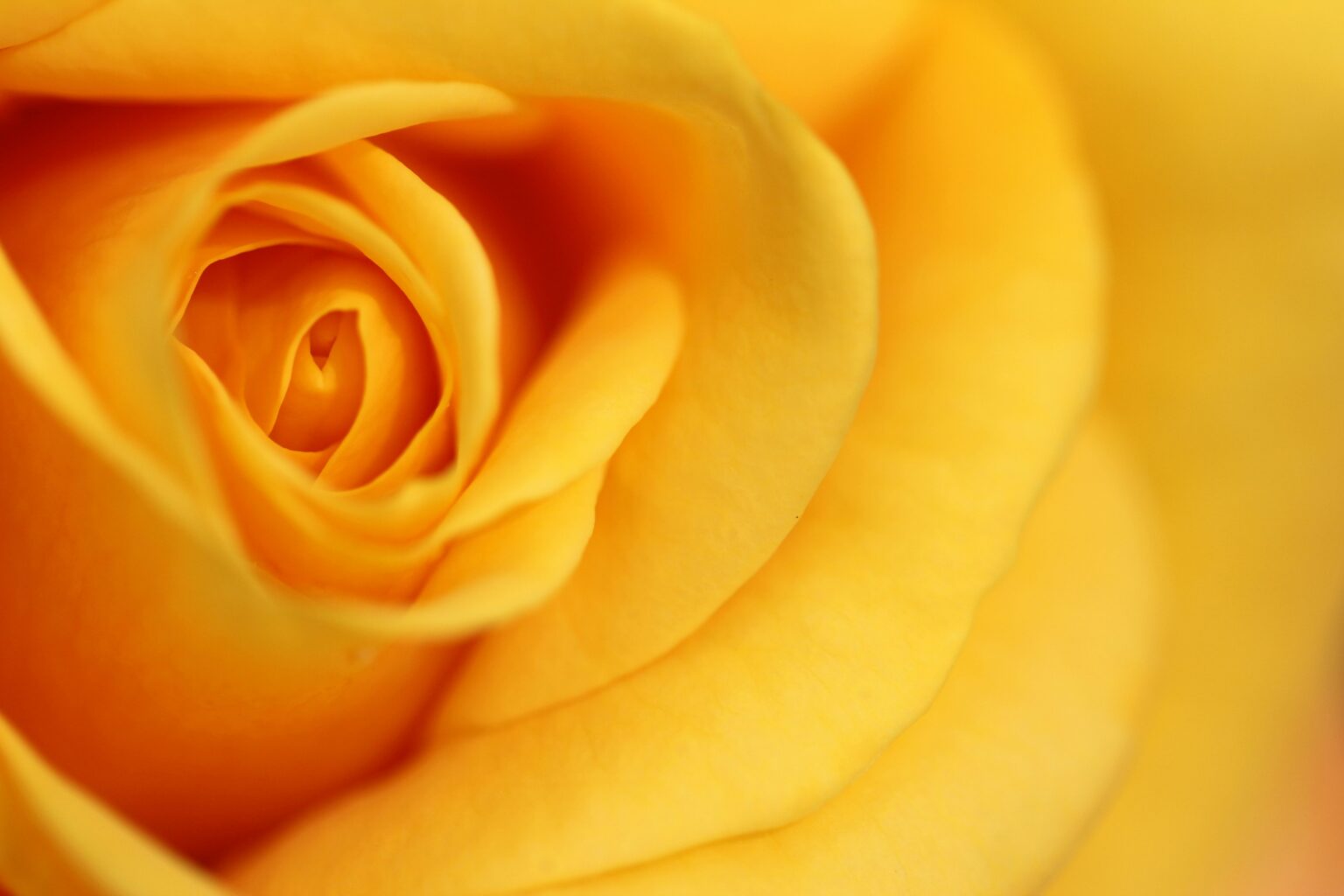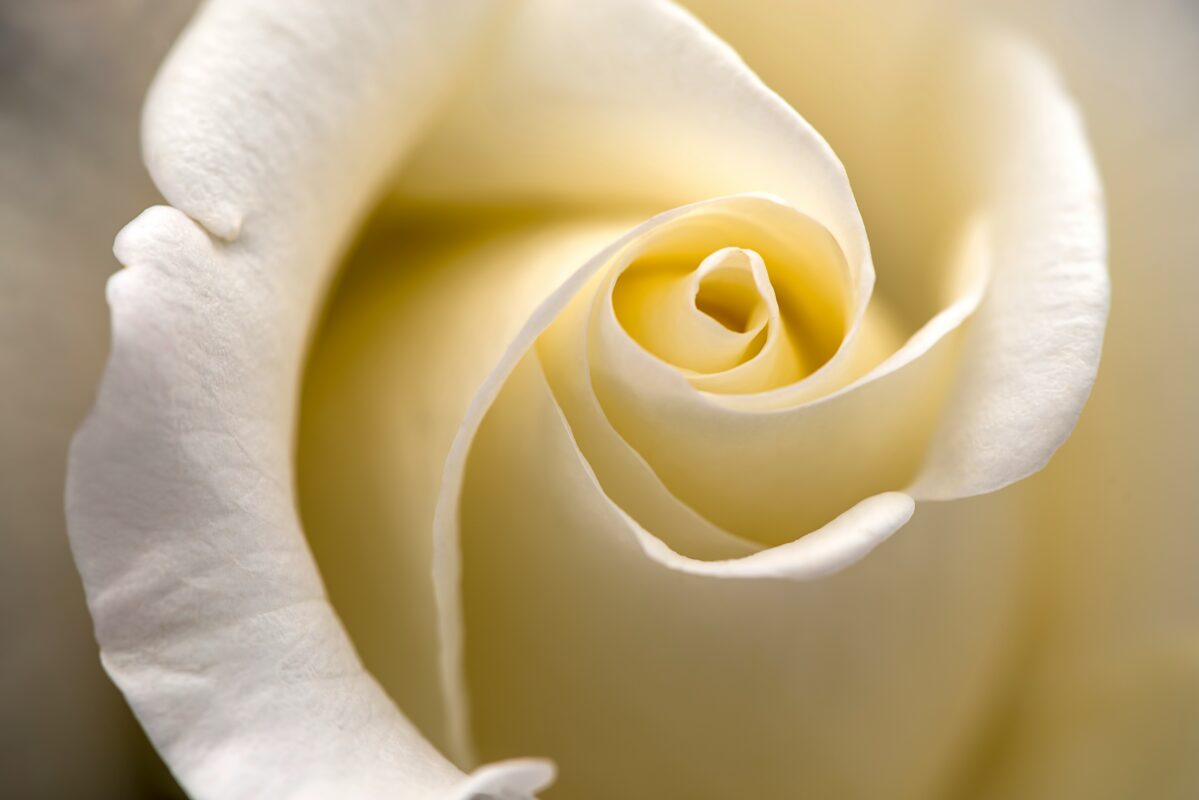How Long do Preserved Roses Last?
Preserved roses can last between one to three years, sometimes even longer with proper care. These unique floral beauties, transcending the ephemeral nature of their fresh counterparts, have captivated hearts with their enduring charm.
Preserved through a meticulous process, they maintain the allure of fresh roses while offering a lasting symbol of affection.
This article delves into the world of preserved roses, exploring their longevity, the art of their preservation, and the care they require, unraveling the secret behind their lasting beauty and appeal.
What are Preserved Roses?
Preserved roses are real roses that have undergone a preservation process to maintain their fresh, vibrant appearance for an extended period.
This process typically involves replacing the natural sap in the rose with a mixture of glycerin and other plant-based and biodegradable preservation solutions.
The result is a rose that feels and looks like a freshly-cut flower but can last much longer.
The Process of Preserving Roses
- Selection of Roses: The process begins with selecting the finest roses at their peak bloom.
- Dehydration: The selected roses undergo a dehydration process to remove their natural moisture.
- Rehydration with Preservation Solution: The dehydrated roses are then immersed in a mixture of glycerin, water, and dyes.
- Sap Replacement: This preservation solution gradually replaces the natural sap within the rose petals.
- Maintaining Natural Appearance: The process ensures that the roses retain their natural shape, texture, and often their scent.
- Final Outcome: The result is a rose that looks and feels like a freshly-cut flower but has an extended lifespan.

Factors Affecting the Longevity of Preserved Roses
While preserved roses are renowned for their extended lifespan, several factors can influence just how long they maintain their beauty.
- Environmental Factors: The environment in which the roses are kept plays a crucial role. Excessive humidity or dryness, extreme temperatures, and direct sunlight can all shorten the life of a preserved rose. These conditions can lead to fading colors, wilting petals, or even a brittle texture.
- Handling and Care: Preserved roses are delicate. Frequent handling or touching can damage their petals. Dusting them gently and keeping them away from water and high moisture areas are key to maintaining their appearance.
- Quality of Preservation: The lifespan of a preserved rose is also heavily dependent on the quality of the preservation process and the materials used. High-quality preservation can significantly extend the life of a rose, sometimes up to several years.
Maximizing the Lifespan of Preserved Roses
To ensure that your preserved roses last as long as possible, follow these care tips:
- Avoid Direct Sunlight: Keep your roses in a cool, dry place away from direct sunlight to prevent fading.
- Maintain Optimal Humidity: Extreme humidity or dryness can be detrimental. Aim for a stable environment.
- Gentle Cleaning: Dust them lightly with a soft brush or a feather duster; avoid using water or cleaning products.
- Minimize Handling: Touching the roses can damage their delicate petals. It’s best to position them where they won’t be frequently moved or touched.
Identifying Age-Related Changes in Preserved Roses
As time passes, even preserved roses begin to show signs of aging. These changes are subtle yet noticeable. The once vibrant colors may start to fade, losing some of their initial brilliance.
The petals, previously supple and full, might exhibit slight wilting or shrinking, indicating a loss of their youthful vigor. Additionally, the texture of the roses can become less pliable, hinting at their gradual aging process.
While these transformations are natural, understanding and recognizing them helps in appreciating the life cycle of these preserved beauties and in providing them with the right care.
Uses and Occasions for Preserved Roses
Preserved roses are versatile and find their place in a variety of settings and occasions. They are popular as gifts, symbolizing everlasting love and appreciation, making them ideal for anniversaries, Valentine’s Day, Mother’s Day, or as a gesture of enduring affection.
Additionally, these roses are often used in home decor for their lasting beauty and minimal maintenance requirements. Event planners also favor preserved roses for weddings and corporate events due to their longevity and the wide range of colors available.
Symbolic Meanings of Preserved Roses
The symbolism of preserved roses extends beyond their aesthetic appeal. They are often seen as a metaphor for eternal love, unchanging and ever-present.
The fact that these roses do not wilt like traditional fresh flowers can also symbolize resilience and enduring strength in a relationship or personal journey.
Final Thoughts
Preserved roses offer a unique blend of natural beauty and longevity, making them a special gift or decorative element.
Understanding their care requirements and the factors that affect their lifespan can help you enjoy their beauty for as long as possible. Whether as a symbol of eternal love or a lasting piece of decor, preserved roses hold a special place in the world of floral arrangements.




